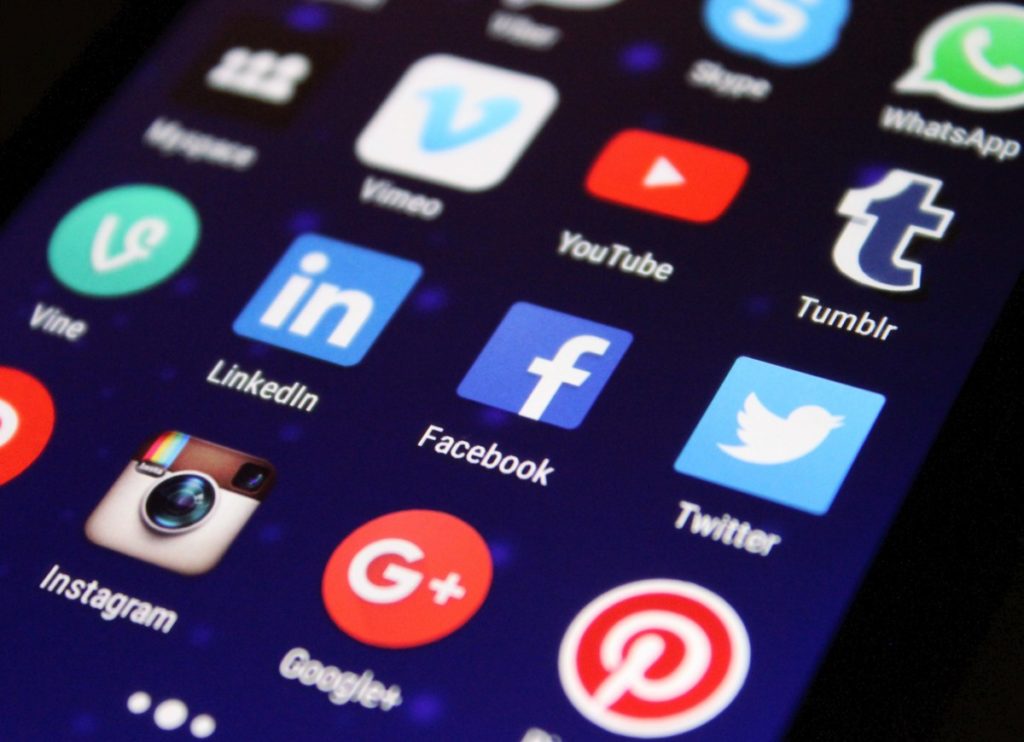In 2008, I received a text message from a school friend which read, “send this along to six people and your crush will ask you out tomorrow!” My heartbeat increased noticeably. I started to calculate in my mind the cost of sending six messages. I clicked through the sparse contacts list on my flip Sony Ericsson—a total of only five numbers, including my Mother and Father. I didn’t have any credit anyway. I sighed. Megan and I were not to be. This was my first experience of chain spam, an ageing scourge of social media which a vanishing number of people will remember. The media of text and email were the ideal agar for chain-letter emails and the like to grow in: the receiver always knows the sender, and trusts the accuracy of the message. Even when the contents are patently ridiculous, as in the one which promised me miraculous romance, the direct relationship between the sender and the receiver gives the message a bogus credibility, which coaxes the receiver into obligingly forwarding the message.
Since those days of pay-as-you-go texting, there have been myriad changes in the nature of social media. Facebook, then a fledgeling network, is now used by a not-so-small fraction of the world. Twitter’s brevity, immediacy, and chronological timeline brought mass-journalism to the internet. YouTube, then a website for uploading videos of warring children, as in the famous “Charlie bit my finger!” video, and other miscellaneous and sundry ad-hoc videos, is now a tool used as a primary source of income by millionaire personalities who have built their careers on the platform.
Entirely new social media platforms have also developed since the days when, “badger, badger, badger, mushroom, mushroom,” was a current meme: Snapchat, originally intended as a medium through which you could send self-destructing photos to your close friends—no need, therefore, to pose, inspect, crop, filter, or retake the image; it would not stick around as a permanent reminder of your double chin, your spotted forehead—is now a massive marketing platform for brands, and serves as a home to tabloids and glossy mags; Instagram, initially an app which allowed the user to doctor an image using a variety of pre-programmed filters without the need to mess around with lighting and contrast levels in a desktop application, is now owned by Facebook, and offers an increasingly wide range of features such that it is now the only social platform that a growing number of young adults use; Vine, a now defunct platform formerly owned by Twitter, allowed users to upload short videos of no more than six seconds; and Whatsapp, which updates the traditional text messaging service we used as 12-year-olds with a modern, multimedia-based format.

Two trends are apparent in this ebb and flow of new social networks. The first is that, no matter how unique the creators’ expressed philosophies or how well the philosophy is expressed in their genesis, the networks quickly converge into very similar formats. The second is the speed with which new networks are bought up or emulated by existing large networks. Understanding these two trends is key to understanding the future of social networks.
Every new network has a unique proposition. Snapchat’s quick-fire format, with basic editing features which allow the user to draw and add text to photos, popularised an irreverent form of photography, as this compilation by BuzzFeed demonstrates, where puns are king and anything mundane can form the subject for a streak of snaps. But Facebook, used by more than one in seven people, has introduced an almost identical service to Instagram and its Messenger app. Snapchat’s shares fell by 9% immediately after the Instagram update that introduced these features went live (John Melloy, CNBC, 2017). Snapchat, meanwhile, now offers group chats, the ability to save messages and photos for posterity, and voice calls. The gradual introduction of these features has allowed the rising company to serve as a standalone social network, with its distinction from Messenger becoming more and more superficial. WhatsApp also released a suspiciously familiar feature last year in its bid to compete with Snapchat.
Reddit, a network famous for its more old-school, early-internet style format has introduced new user profile pages. The pages, which are currently opt-in, display a profile picture and bio, and allow the user to post directly to their own page. This isn’t an uncontroversial change. The website is popular for its semi-anonymous social interaction, where content is king and every user has an equal chance of sending their posts to the front page. Until now, users had just a username, but following a user was not possible. In contrast, a Facebook post is unlikely to go viral unless it’s published by an established business, meme page or personality. However, just as Reddit encroaches upon Facebook’s person-first model, Facebook too learns from Reddit. The world’s largest social network has started to roll out Reddit-style upvotes and downvotes to complement its reactions feature—a tacit admission that introducing five new types of ‘like’ has not satiated the moderate-yet-persistent demand for a dislike button. The new voting system will, in general, allow users to vote spam, copypasta, and other divergent comments to the bottom of the comment section, and to vote thoughtful, funny, and relevant comments to the top of the thread. Of course, on an irreverent page such as @explodingbullshit, the voting system could serve to be used for precisely the opposite purpose, as is already the case on certain subreddits.
Last year, Twitter doubled its famous 140 character limit—a limit which, in the first instance, only existed as a technological constraint of the SMS technology it was built on (MacArthur, 2018). In this generous gift to users tired of replacing proper English words with acronyms and text speak, and removing unnecessary, superfluous, supercilious, needless, extravagant verbosity from their tweets, Twitter admitted that its users want to develop thoughts which are strangled by the strict character constriction. This allows Twitter to attract Facebook users who are used to being unrestricted in their verbosity, and who may be uncomfortable with the character limit imposed by Twitter. It’s worth noting, however, that the average Facebook post is a mere 65 characters long, according to Paul Guyot (2012), co-founder of analytics company Semiocast. Facebook comments are even shorter.
Twitter shares Reddit’s content-first design to some extent, although building an audience around your personality, as on Facebook, certainly helps your posts to spread. Twitter has less use for a voting system like Reddit’s since the average lifetime of a tweet is mere minutes; as on Tumblr, sharing is the main form of voting, and sharing helps to improve the lifetime of a tweet.
Virtually all of the social networks have an in-app instant messaging service. They all provide increasingly many different ways to post many forms of content—regardless of the type of content they prioritised in their genesis. Facebook and Reddit now host their own videos and images, for example, and no longer rely so heavily on external websites such as YouTube and Imgur to act as hosts. These host websites have responded to this by developing into social networks in their own right—ones which begin as niches, but which develop into something increasingly similar to those which once relied upon them.
The social networks generate income with advert clicks. Advert clicks require users. More users means more advert clicks. This fundamental part of the internet economy drives the networks to become more and more similar as they triangulate what users want, and all come to similar conclusions: the ability to post text and images, publicly or privately, to a group of friends, and to be able to message people privately.
This process of convergence is further driven by the constant purchasing and assimilation of smaller social networks by the big players. Facebook alone has purchased 67 businesses, many of which are messaging services or social networks of some kind. A further barrier to new social media companies such as Minds and Steemit, essentially Facebook clones which pay users in cryptocurrency for their activity, from competing with the existing giants is the snowball effect: people join a new social network only when their friends have joined it. People don’t join social networks in dribs and drabs, but in an avalanche.
In essence, the fundamental technology which social networks are based on hasn’t changed since the first days of the internet. What has changed is the way in which they are used, and I believe we are seeing all the big players converge upon nearly identical products. The most interesting developments in social media in the near future won’t be in the services they offer, but in how they manage our data, and how, if at all, they choose to compensate us for providing that data.
